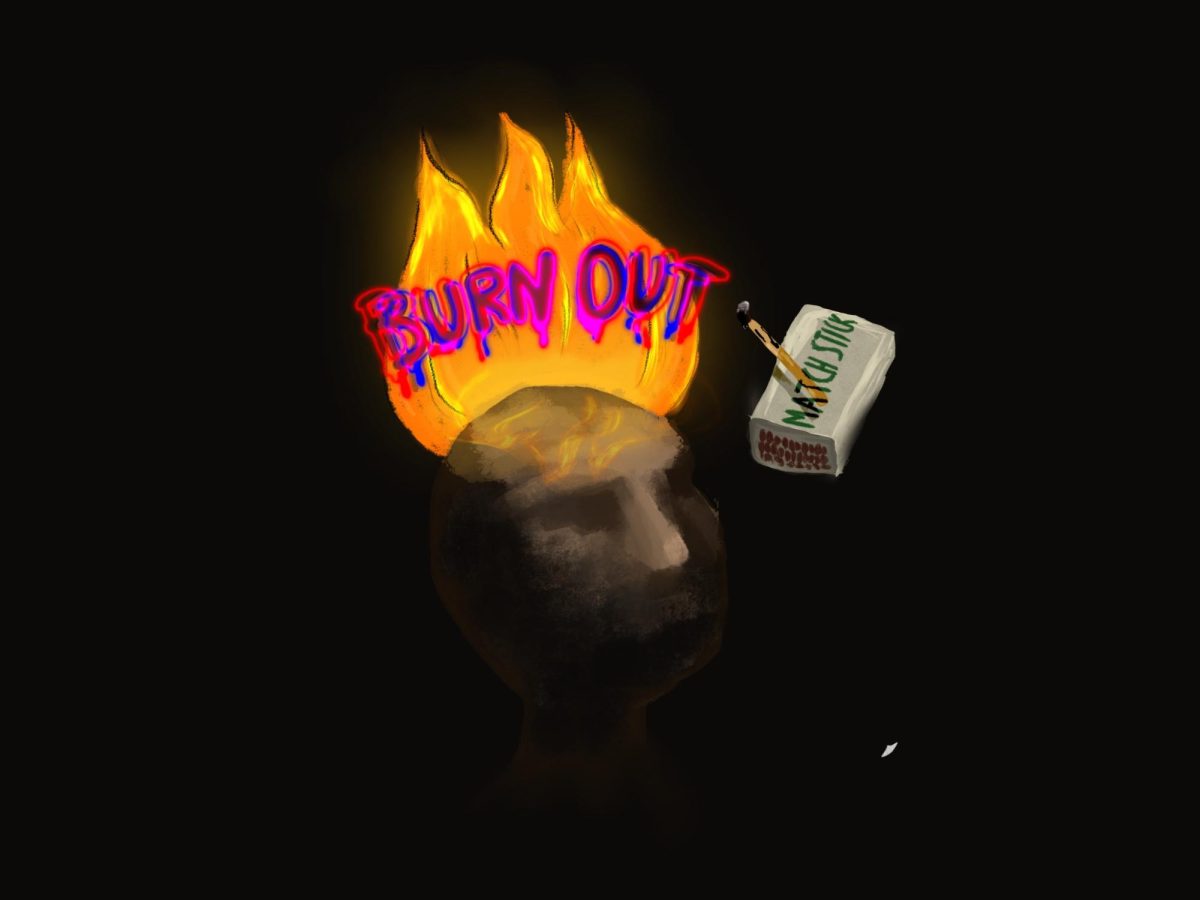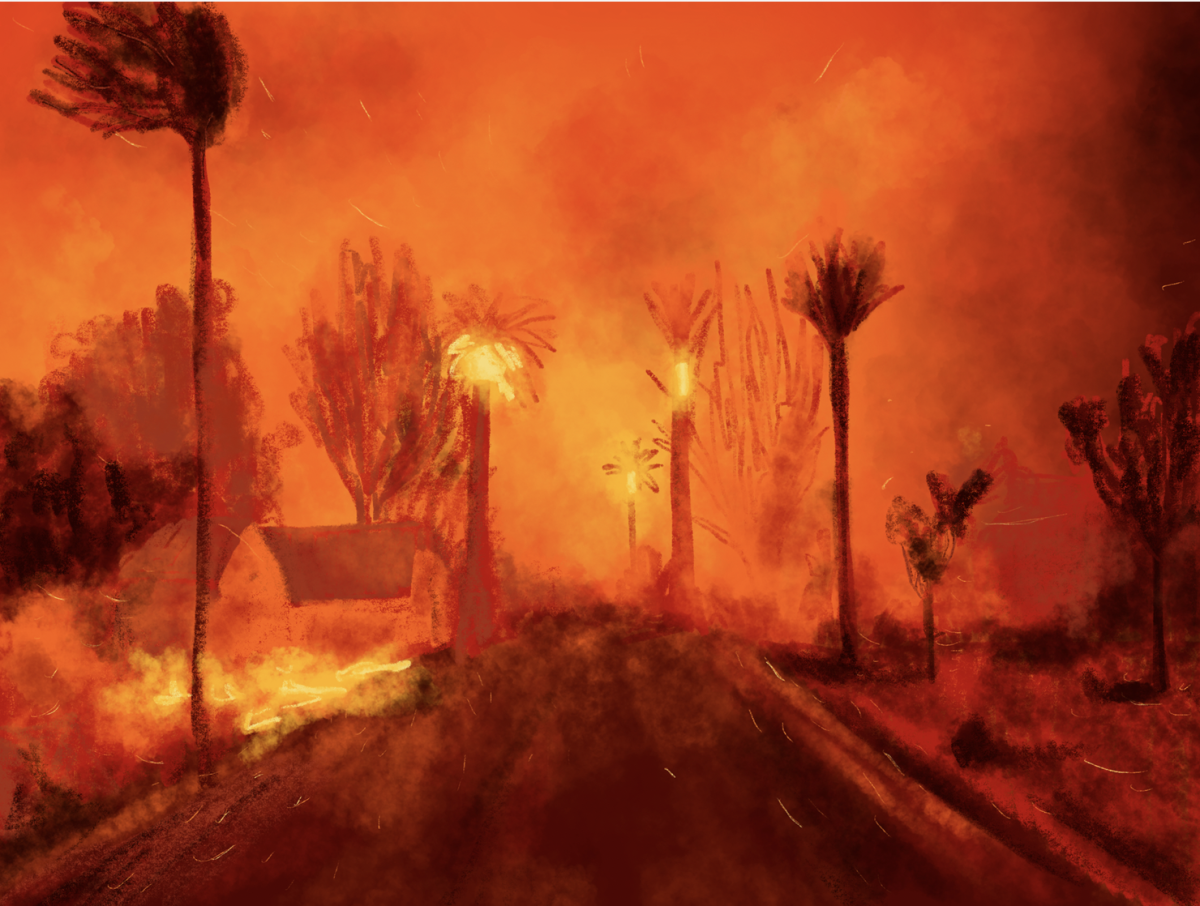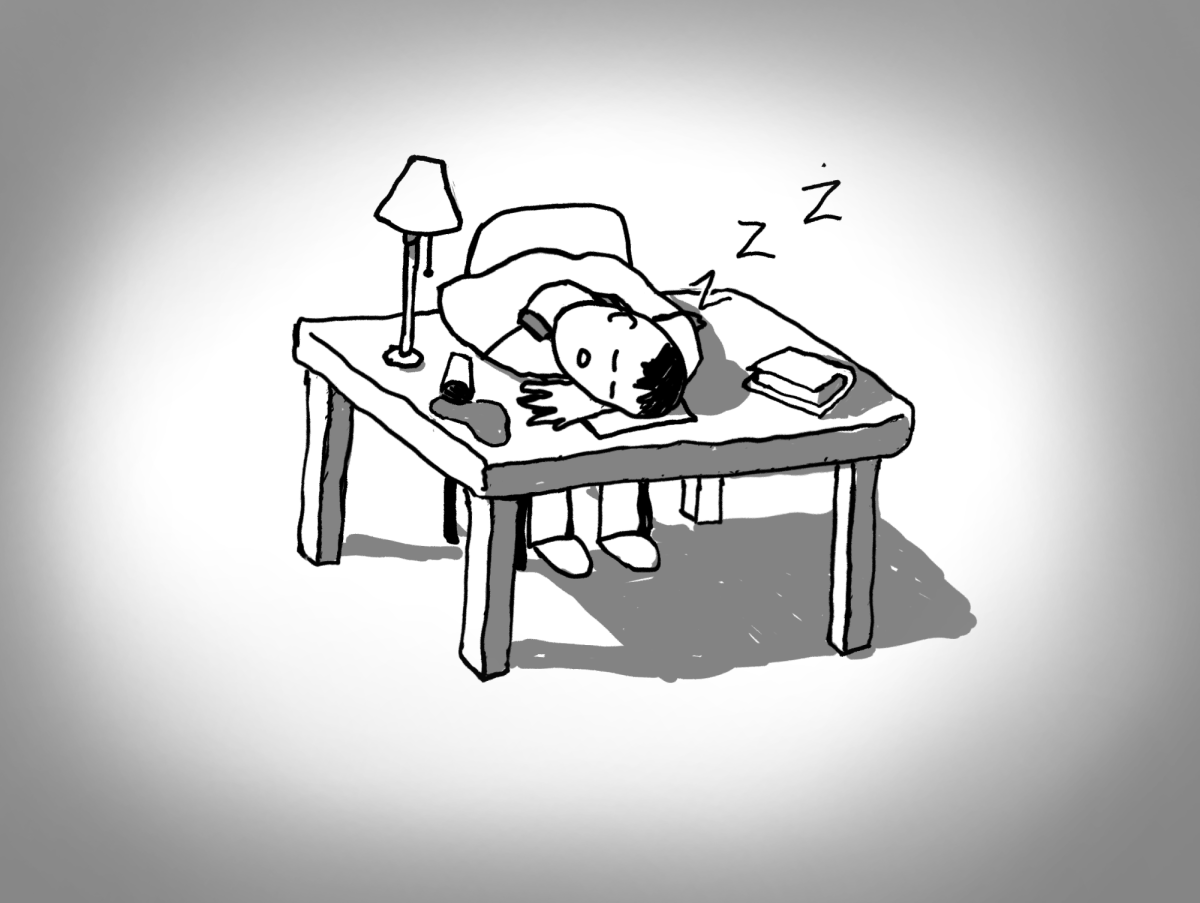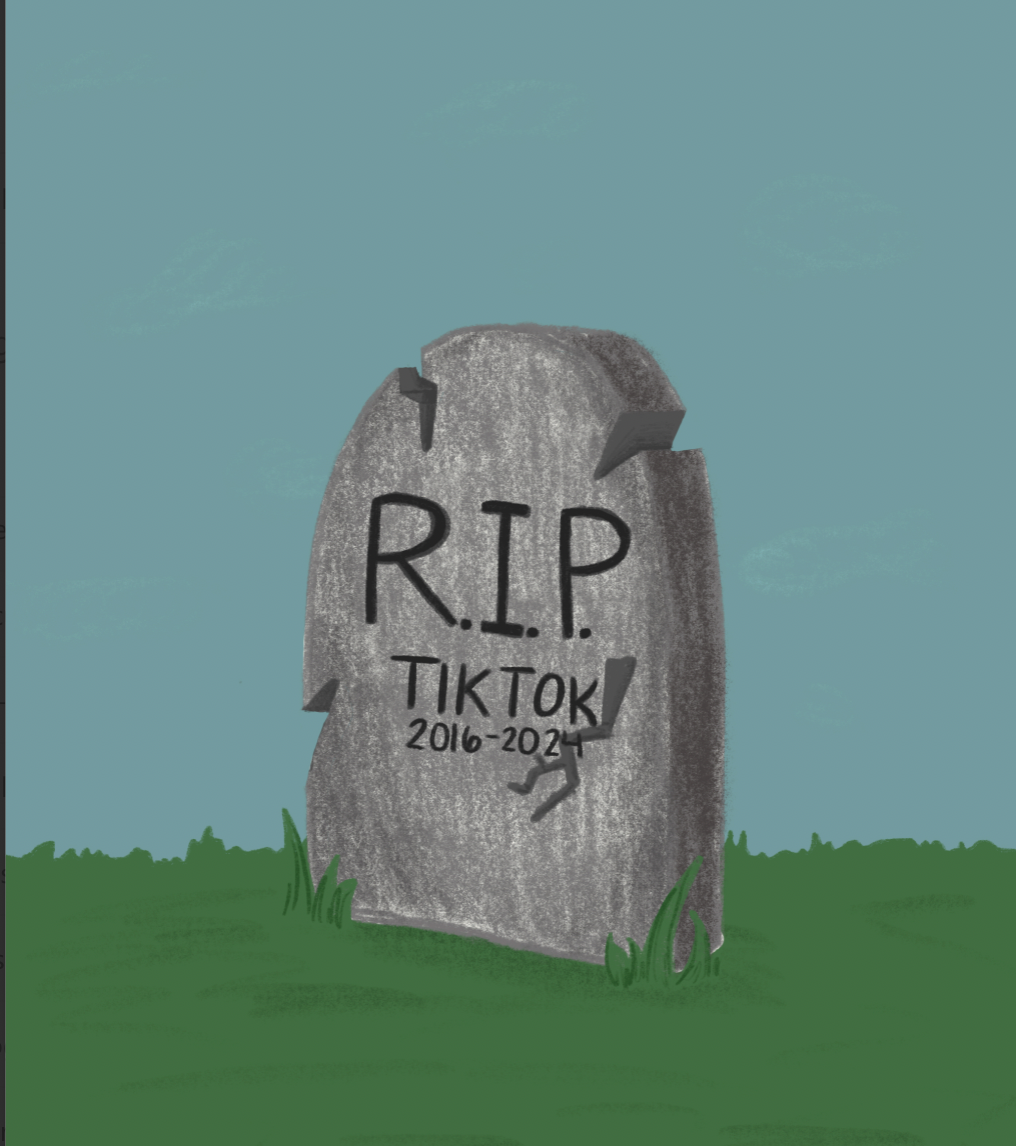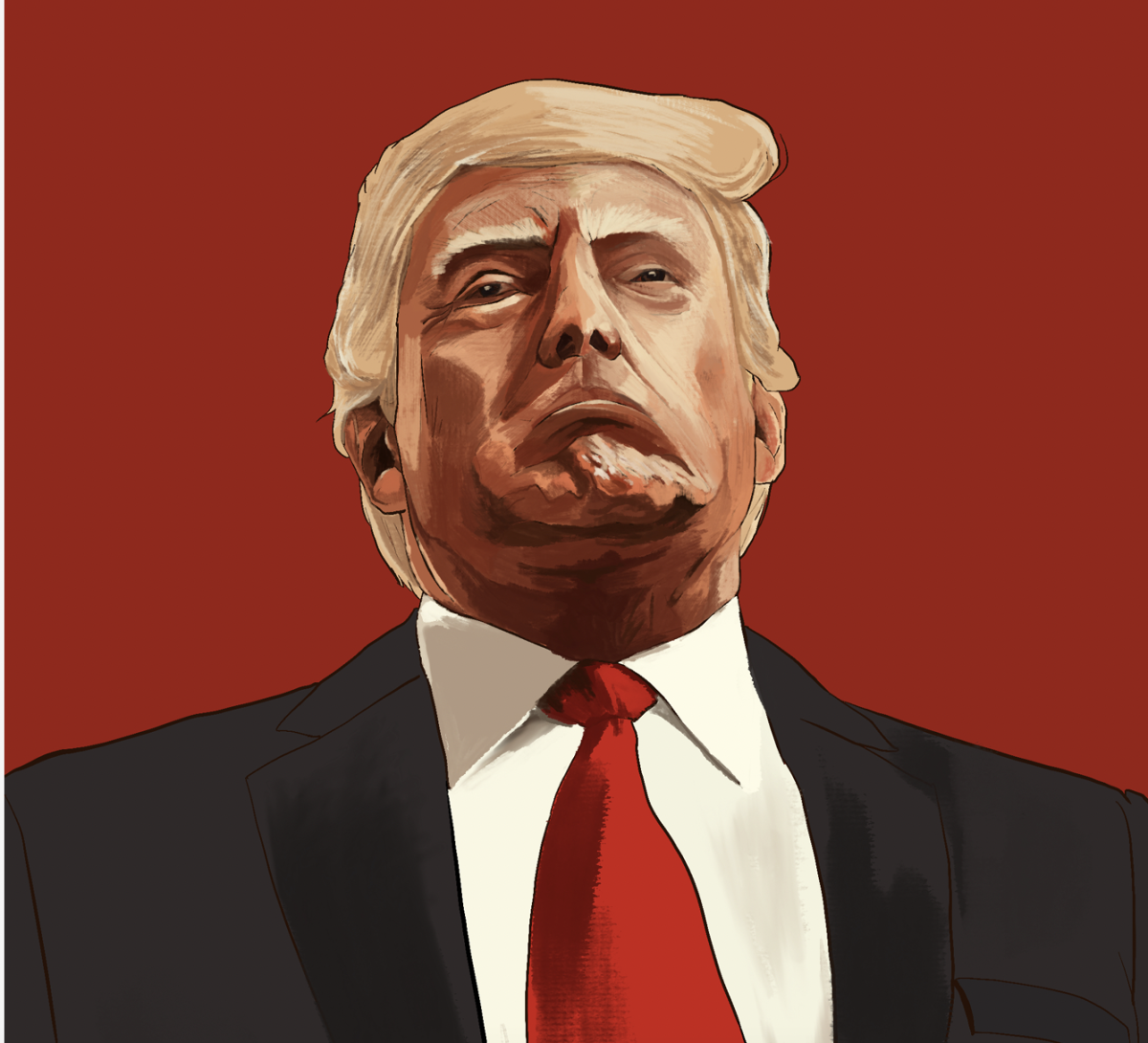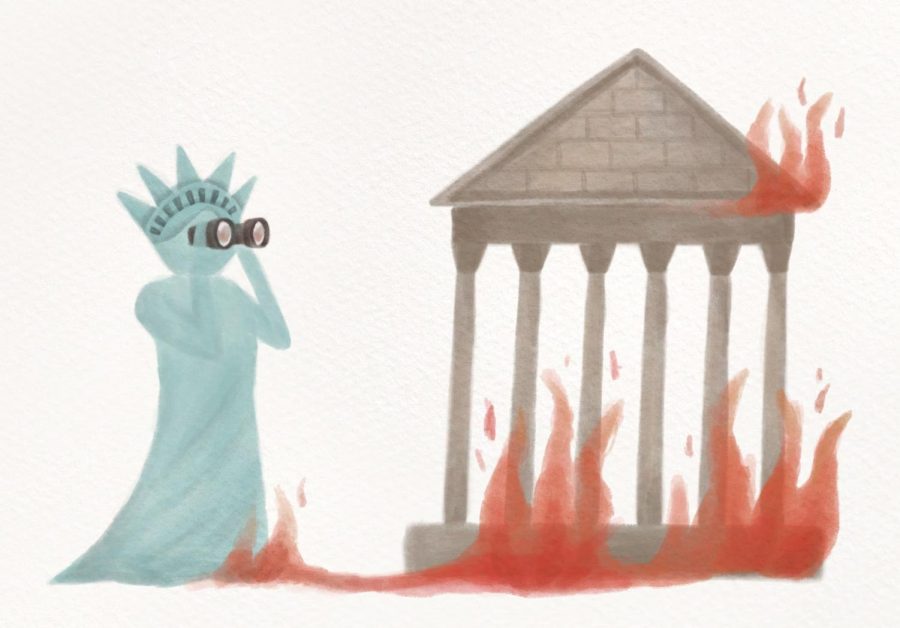The fall of Rome tells us about the future of the American Republic
Media: Adelyn Sim ’24
Jan. 6, 2021: the modern American Republic witnessed a degradation of her democratic ideals. An incumbent fought tooth and nail to overturn an election result. A violent riot ensued as an organized mob gathered around the Capitol, in pursuit of their “trial by combat” – some even came with guns. Although those events happened last year, one must question its effect on one of the largest and most powerful republics in the modern world. As we brace for the rocky roads ahead of us, we can examine the history of our ancient counterpart: Rome.
Even though it is agreed upon that the Roman Republic perished with the ascension of Augustus Caesar, following the murder of Julius Caesar in 44 BCE; it was precipitated by the disregard of the Mos Maiorum, or “Way of the Elders,” the set of precedents that preserved the Roman political system in place of a constitution. Though the Romans fought tooth and nail over politics, they always accepted decisions made through the legislative system. It is with the death of Tiberius Gracchus in 133 BCE that we see the slow decline of the Roman Republic. He demonstrated to other radicals the power of mob politics, even with his death at the hands of an armed group of citizens led by the Roman Consul Nasica. Up to this point in the Republic, violence was unimaginable in politics, especially against a Tribune.
Rome had much of the same problems that the United States has today. At the time of Tiberius Gracchus, Rome had overcome centuries of war and became the richest state the world had ever seen, and its problems became more internal: citizenship questions, growing inequality as the elites controlled large amounts of land, the loss of jobs due to cheap imported labor, and an increasing divide in the government between the wealthy elites and the common people as more and more radicals are elected into office.
The ancient Greek historian Velleius Paterculus later observed: “Precedents do not stop where they begin, but however narrow the path upon which they enter, they create for themselves a highway whereon they may wander with the utmost latitude … no one thinks a course is base for himself which has proven profitable to others.”
The introduction of violence during the times of Tiberius paved the way for the further decline of the Republic. In 82 BCE, Sulla would prescribe thousands who opposed his regime to death during his brief dictatorial reign in Rome. In 59 BCE Clodius would pander to the public by introducing a grain dole that would guarantee poor Romans bread for his own political incentives, running massive street gangs that threatened social order. Julius Caesar would return to Rome ever so popular with the people in 45 BCE after fighting the Senate in a civil war. And finally, after Cicero, the moderate Senatorial Leader, was killed in 44 BCE, Augustus Caesar would defeat Mark Antony and find himself the “first citizen” in Rome.
Tiberius Gracchus lay in the forum as he drew his final breath. He was a tribune, a representative of the people in the senate, considered sacrosanct. Even though the office of tribune was often used by Roman aristocrats as a tool of political maneuvering, Tiberius was a man for the people – his policies aimed to break up large farmland holdings and distribute them to the common people of Rome. The hundreds of Romans who lay dead in the Forum marks the first sedition at Rome since the abolition of royal power to end in bloodshed. Although it is easy to see parallels, one must remember that Rome is a nation fraught with problems from thousands of years ago. But, as bloodshed is seen in the legislative heart of the nation, one must question if we are being steered onto a road that ends in tyranny.

